When it comes to reggaeton music, and Latin music in general, the charm is as much in the winding hips as it is in the complexity and unique character of its sound.
To craft a reggaeton beat that’ll top the Latin charts, a fundamental understanding of its musical building blocks is non-negotiable.
It starts with the quintessential reggaeton chord progressions.
These are the skeletons on which the body of your track will grow, infused with life through rhythm and melody.
In today’s article, we’ll be breaking down:
- Reggaeton chord progression essentials ✓
- Minor keys in crafting reggaeton melodies ✓
- How to create a reggaeton beat (element-by-element) ✓
- Blending melody with rhythm for iconic reggaeton sounds ✓
- Expert tips, tricks & techniques to enhance your reggaeton tracks ✓
- Much more ✓
By the end of this article, you’ll be equipped to create reggaeton tracks with the authentic, irresistible vibe the genre is known and loved for.
This way, you can lay down beats that not only sound professional but capture the unique essence of Latin music.
So, let’s dive in…
Table of Contents
- Reggaeton Chord Progressions: A Quick Breakdown
- Minor Keys: The Core of Reggaeton Melodies
- Creating a Reggaeton Beat (From Start to Finish)
- Laying Down the Reggaeton Beat
- Integrating Melody with Rhythm for Signature Sounds
- Designing Your Chord Progression
- Snare Pattern: Signature Sounds
- Bass & Sub-bass for Depth and Movement
- Versatile Melodies for Reggaeton
- The Chorus: Crafting a Memorable Hook
- Creating Your Kick Drums
- Vocal Elements & Syncopation
- 5 Popular Reggaeton Chord Progressions
- Reggaeton Chord Progressions: Final Thoughts
Reggaeton Chord Progressions: A Quick Breakdown
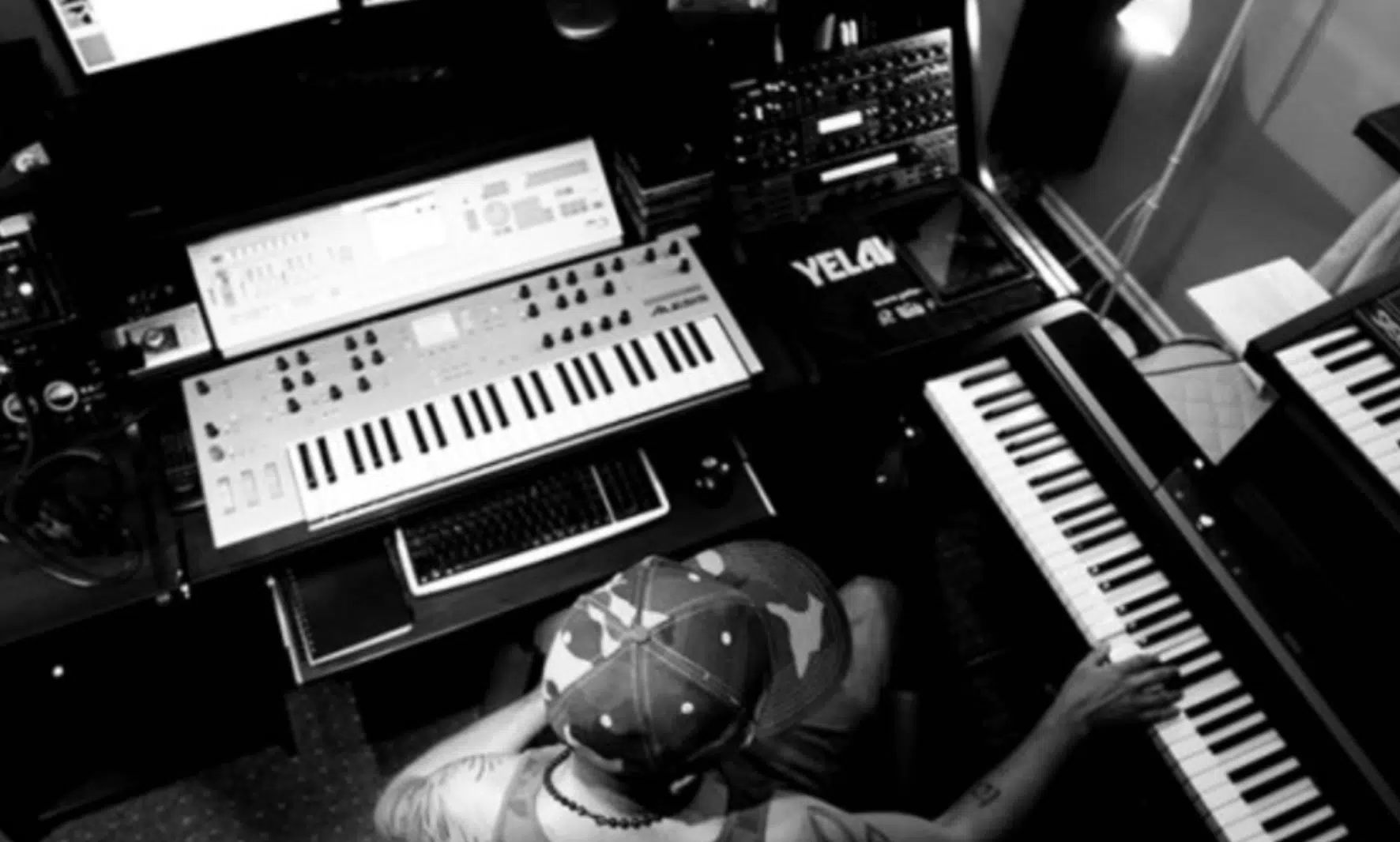
Diving into reggaeton chord progressions reveals a world where the infectious groove of Latin music meets the harmonic heartbeat of the song.
It’s not just about playing a series of chords; it’s about capturing the essence of what makes reggaeton uniquely addictive.
These progressions are often rooted in minor keys, echoing the genre’s deep, vibrant backdrops and making it impossible for people not to listen.
Each unique chord tells a piece of the story 一 setting the tone for the melodies and rhythms to dance upon.
To get a feel for these progressions, consider the smooth yet striking chords that underpin tracks like J Balvin’s “Mi Gente.”
Here, the chords do more than support the melody; they interact with the reggaeton beat to amplify the rhythm and inject a distinct flavor.
They’re crafted to sync with the characteristic reggaeton snare pattern, creating a push-and-pull effect.
This interplay is the secret sauce of reggaeton music and gives it the power to resonate on dance floors worldwide.
It’s a blend of simplicity and sophistication, where each chord you play is chosen not just for its harmonic value but for its rhythmic contribution to the reggaeton beat.
Minor Keys: The Core of Reggaeton Melodies
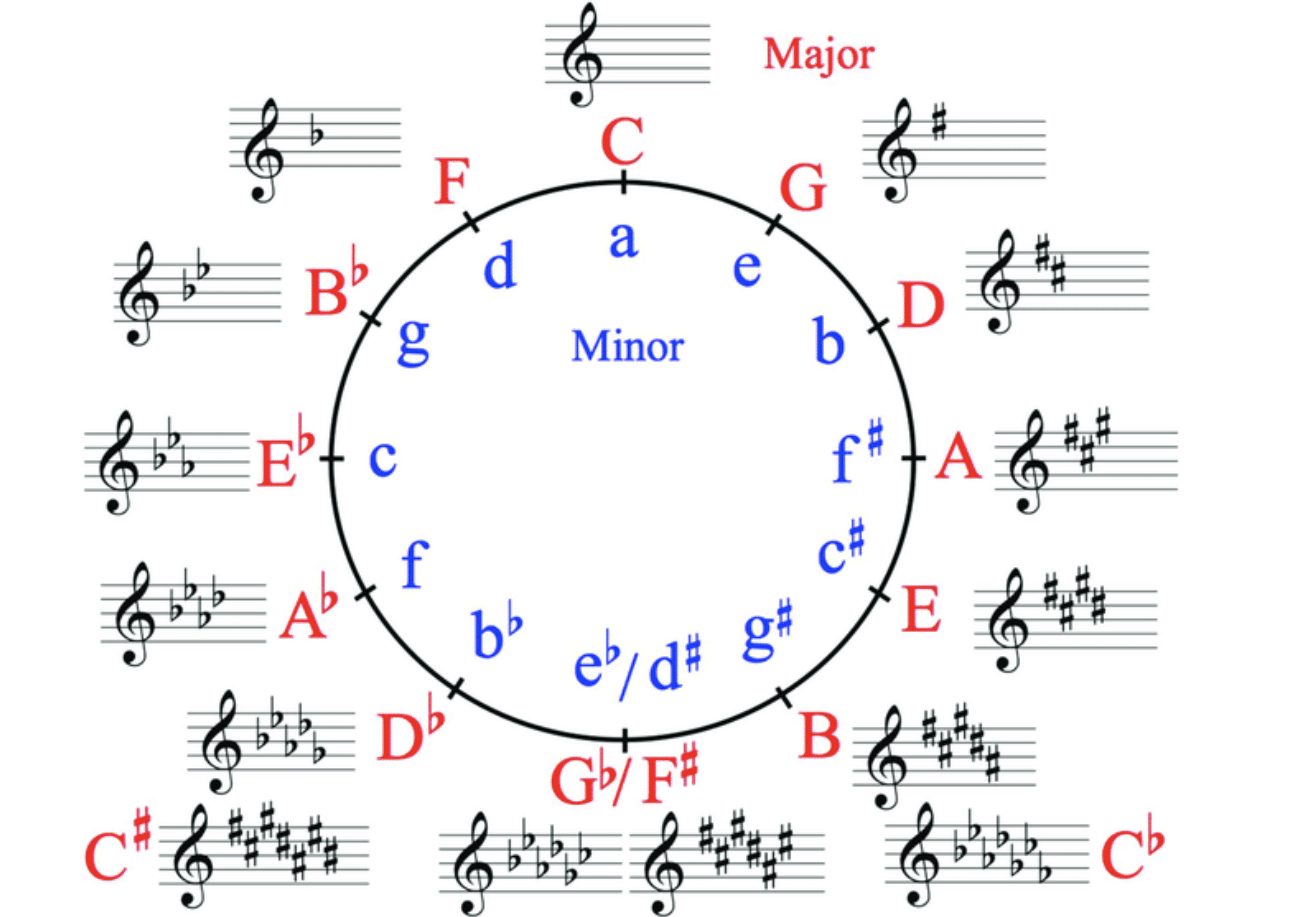
Reggaeton’s melodies often find their roots in minor keys, imparting the music with a sense of depth and intrigue that major keys seldom provide.
This tonality is essential, as it gives reggaeton its signature emotional pull.
A minor key can convey a multitude of feelings, like:
- Somberness
- Introspection
- Even exhilarating tension
All of these elements help propel the rhythmic aspect of the genre.
The use of minor scales (like the Aeolian mode or the Phrygian mode) gives reggaeton melodies a distinctive edge.
It allows for creating hooks that resonate with an air of mystique.
When melded with the syncopated rhythms and the thumping beats of reggaeton, these minor melodies are transformed into the hypnotic chants that define chart-topping hits.
If you nail the intricacies of popular music like reggaeton or dancehall, the minor key is critical.
Creating a Reggaeton Beat (From Start to Finish)
Creating a captivating reggaeton beat requires a blend of creativity and structure.
Let’s delve into the process 一 starting with the fundamental step of laying down the reggaeton beat.
-
Laying Down the Reggaeton Beat
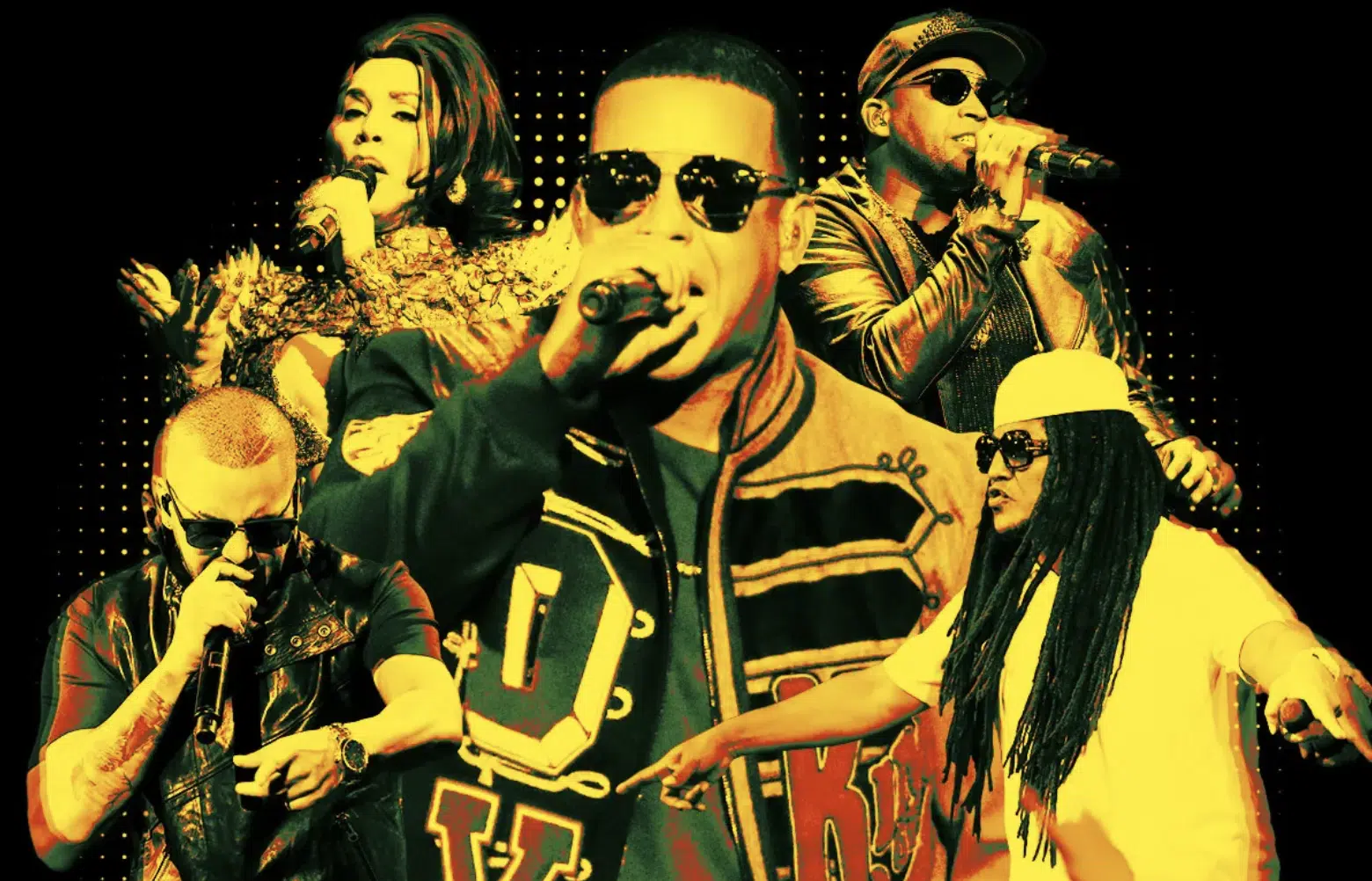
The initial phase of laying down a reggaeton beat involves establishing a solid rhythmic foundation to throw in your DAW that pays homage to the genre’s roots.
The primary focus here is on the kick and snare.
They should be programmed to create a steady groove to carry the rest of the track.
- The kick drum 一 Must be potent to provide a weighty pulse.
- The snare 一 Should crisply punctuate the rhythm.
These elements should play off of each other in a very captivating way.
The snare is usually placed on the backbeats to generate that quintessential reggaeton feel that gets people instantly moving.
In this phase, you’ll often incorporate the essential ‘Dem Bow’ rhythm (a syncopated pattern that is the genre’s rhythmic backbone).
It gives reggaeton music its dance-inducing energy, style, and vibe.
The pattern is key for setting the tempo and vibe, providing a canvas for the melodic elements to interact with.
-
Integrating Melody with Rhythm for Signature Sounds

Melody in reggaeton (and other Latin music genres) acts as the voice of the track in regards to how the melodic elements play along with the infectious reggaeton beat.
This interplay is what gives reggaeton tracks their unique signature sound.
As you craft your melody, remember that it should be simple enough to be memorable yet sophisticated enough to sustain interest.
A common approach is to start with a strong, catchy melody that can hold its own against the drums and the bass.
Melody and rhythm in reggaeton aren’t just companions 一 they’re deeply intertwined.
A good reggaeton melody will accentuate the beat, often by punctuating the syncopation that the snare patterns introduce.
It’s about finding the right notes that complement the rhythm to create a cohesive sound that people play repeatedly.
Playing with the timing of your melody can also add movement and excitement.
Don’t be afraid to let your chords dance around the beats, echoing the snare hits or falling in the spaces between them for dramatic effect.
Think of artists like Bad Bunny, whose melodies often play tag with the underlying beat, creating a dynamic tension that’s become a hallmark of modern reggaeton tracks.
-
Designing Your Chord Progression
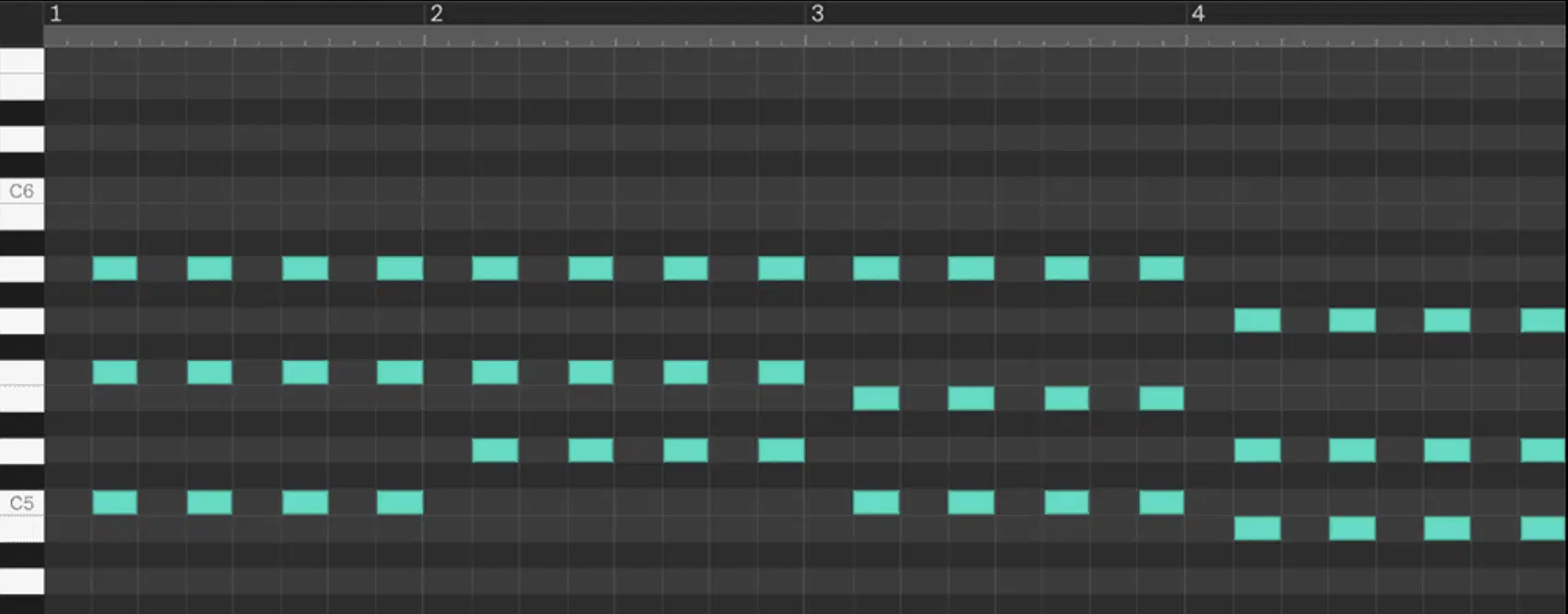
Most reggaeton tracks use chord progressions that evoke an emotional response while keeping the listener rooted in the groove.
That’s because, in reggaeton music, a chord progression is all about:
- Harmony
- Overall mood
- Movement
And, as we discussed, minor keys are prevalent due to their rich, evocative nature, providing a foundation ripe for storytelling.
As you design your reggaeton chord progression, aim for chords that offer a sense of tension and release.
These chords drive the track forward and keep the listeners engaged with every note.
Start with understanding the scale and key you’re working in.
A minor key, for instance, gives you a palette of chords that naturally sound good together, forming a cohesive backbone for your track.
From there, you can experiment with the order and rhythm of the chords to see what resonates with the reggaeton beat you’ve laid down.
While simplicity is key, adding complexity can differentiate your track from the competition.
Consider borrowing chords from related keys or adding sevenths for a richer sound.
You can alternate between a few core chords for the verse and introduce new chords in the chorus to provide contrast and keep the listener’s interest.
-
Snare Pattern: Signature Sounds
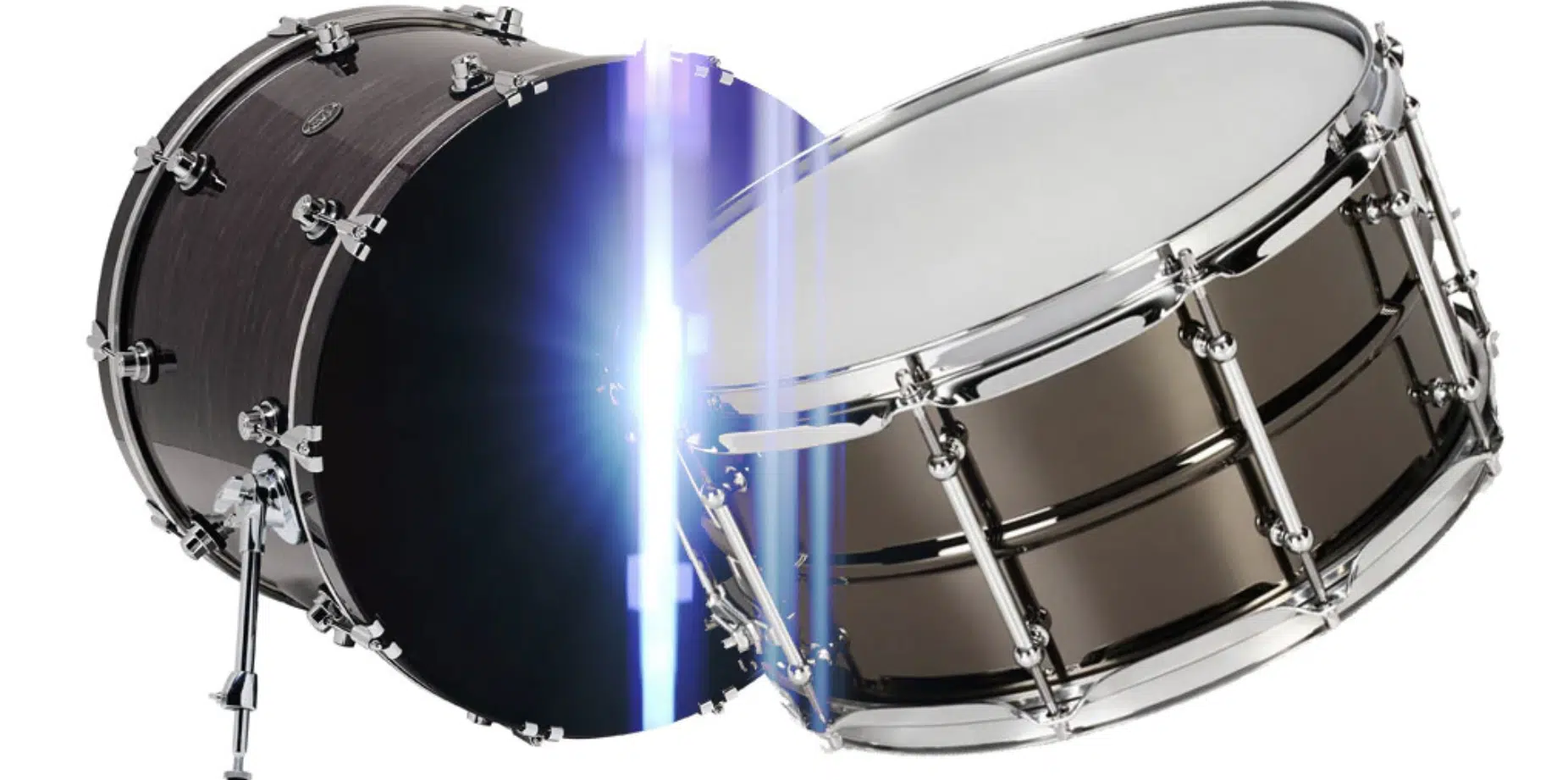
The snare pattern in reggaeton is not just a rhythmic component 一 it’s a defining characteristic of the genre.
Consider the typical reggaeton snare:
- Sharp
- Prominent
- Often layered with claps
This sound serves as a counterpoint to the kick drum, acting as a critical player in creating the genre’s syncopated rhythms.
You can experiment with the placement of the snare hits, possibly introducing syncopated snare rolls or ghost notes to add complexity and texture.
These variations can infuse the track with a unique personality.
It sets the stage for a snare pattern that can become as iconic as the song itself.
-
Bass & Sub-bass for Depth and Movement
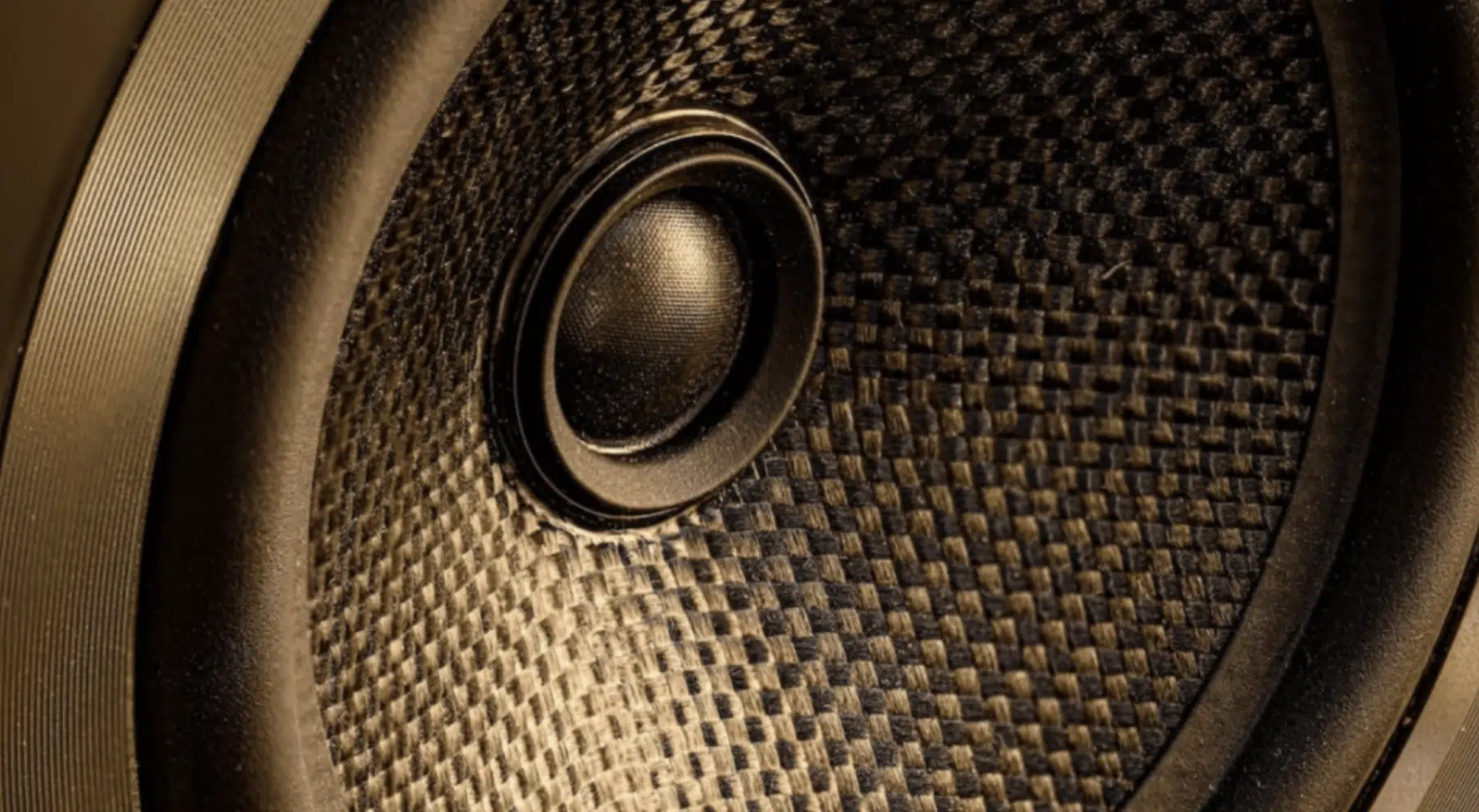
The role of bass and sub-bass in reggaeton cannot be overstated.
The bass line must do more than follow the harmonic content; it needs to add groove and movement to the track.
Often mirroring the root notes of the chord progression, the bassline can be syncopated to echo the rhythmic motifs of the genre.
While a deep sub-bass reinforces the low-end frequencies 一 providing a visceral impact that can be felt physically when people listen and play your tracks.
You can use different sound design techniques for inspiration, like side-chain compression, to create a pumping effect that gels with the kick drum.
Layering various textures of bass sounds, from a warm analog bass to a digital synth bass, adds complexity to the track.
This ensures that the bass line contributes rhythmically and harmonically to the reggaeton soundscape.
-
Versatile Melodies for Reggaeton

Versatile melodies are essential in reggaeton music.
They must adapt to the shifts in dynamics and emotion throughout the song.
Creating melodies that can transition smoothly from verse to chorus and maintain the listener’s engagement is pivotal.
You can try incorporating varying melodic phrases that complement the chord progression while providing headroom for vocalists to experiment with different lyrical rhythms and flows.
These melodies often serve as secondary hooks in popular music 一 reinforcing the main chorus and adding to the song’s catchiness.
You can use a range of instruments (from digital synths to traditional Latin strings) to craft these melodies.
This helps bring that flavor and distinct reggaeton vibe.
Modulation effects, such as pitch bends or vibrato, can be applied to add expression and movement to the melodic lines.
-
The Chorus: Crafting a Memorable Hook
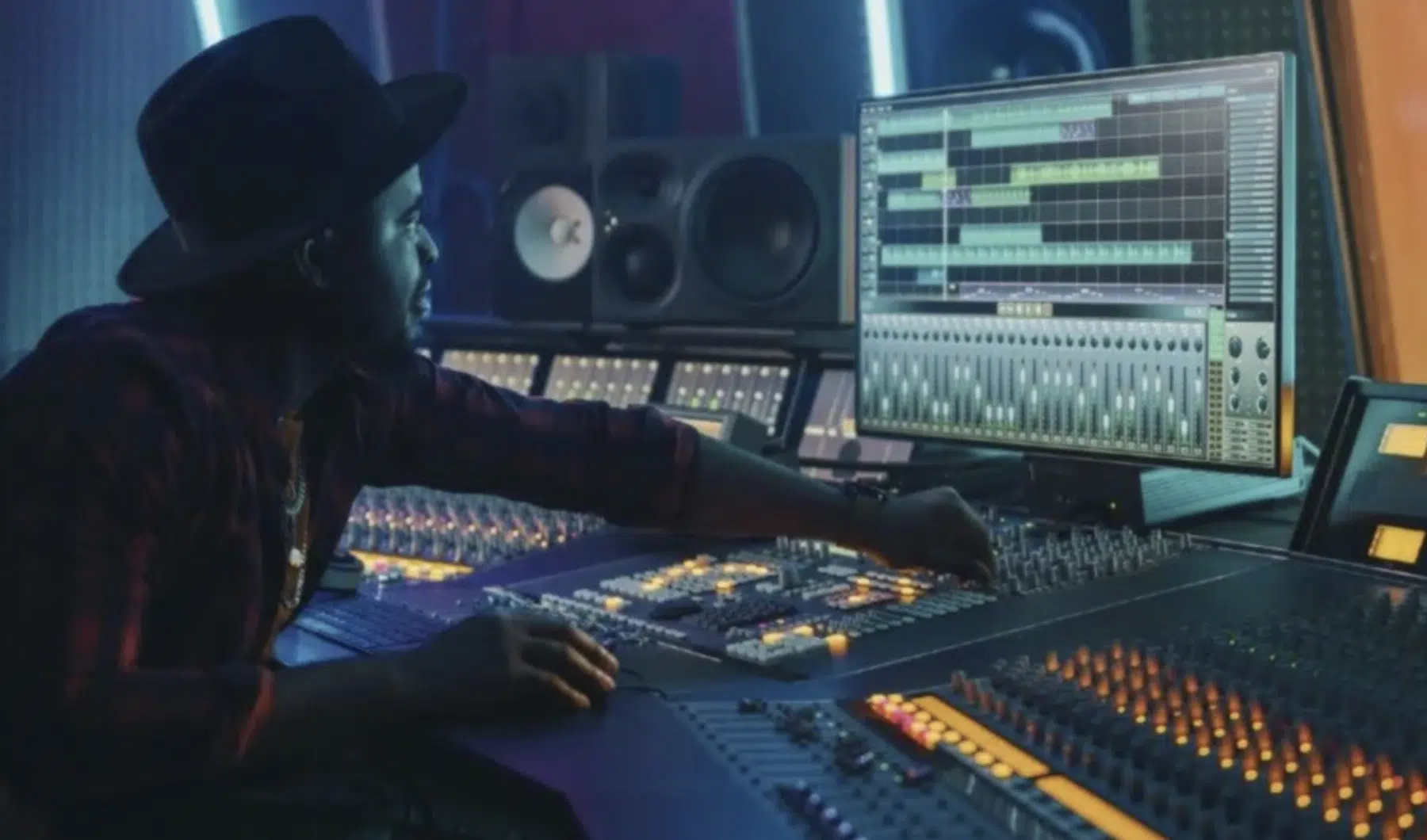
The chorus, not to be confused with the intro or bridge, is the heart of any reggaeton track, where the hook must be strong and memorable.
It usually features an irresistible flow and rhythmic pattern.
This is where the melody, rhythm, and chord progression (chords) merge into a moment of infectious energy.
The technique of layering vocals and melodies to create a rich, anthemic chorus is invaluable.
This layering can involve:
- Harmonies
- Call-and-response structures
- Counter-melodies that complement the lead vocal line
The goal is to produce a chorus that not only sticks in the mind long after the song has ended but also encapsulates the spirit of reggaeton music.
Remember, when it comes to latin music of any kind, the chorus needs to really pop.
-
Creating Your Kick Drums
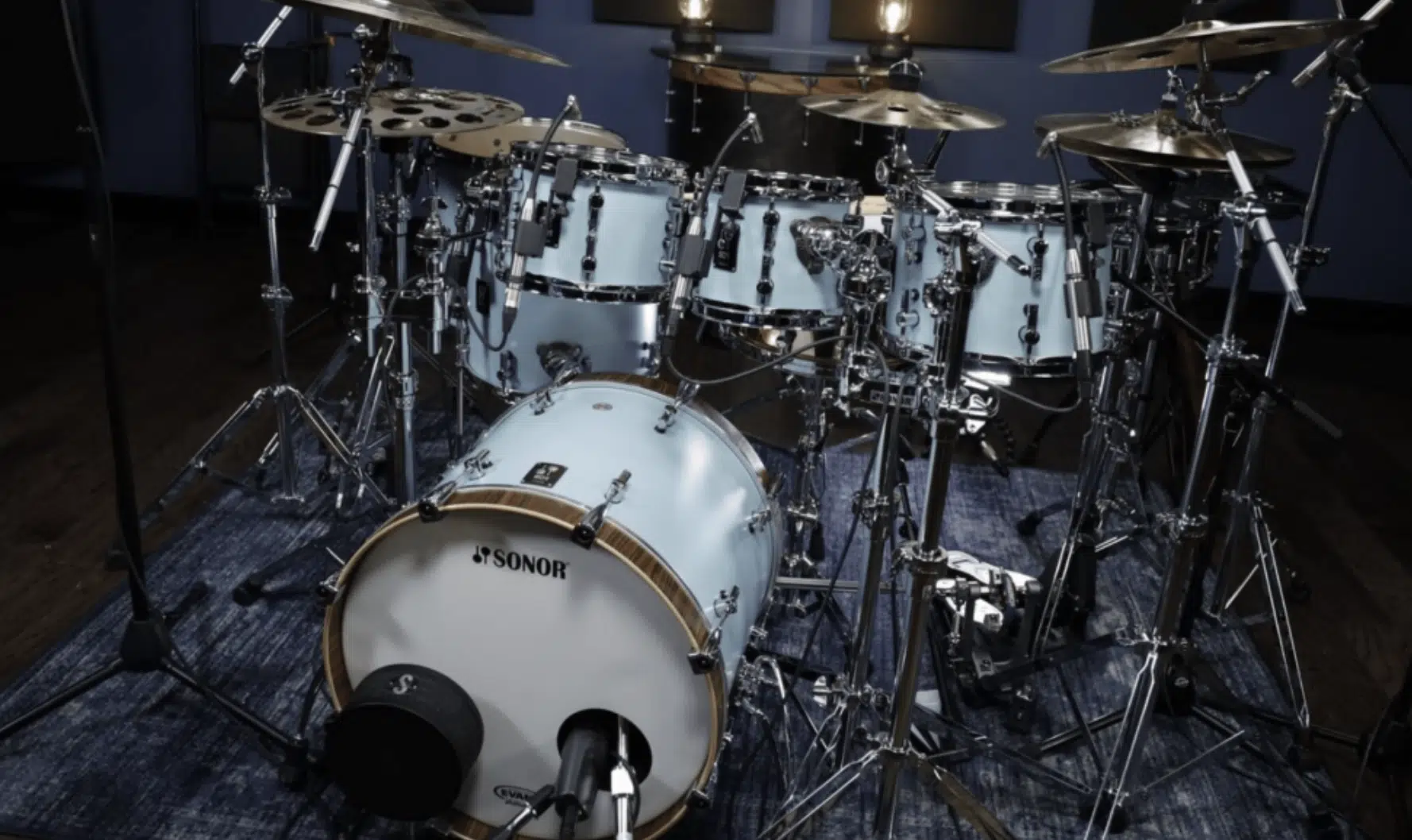
Creating kick drums in reggaeton involves inspiration, selection, and crafting.
Initially, one must choose a kick that complements the sub-bass, ensuring they work together to provide a solid foundation.
The ideal reggaeton kick typically features a deep thud and punchy attack to cut through the mix.
Specific techniques can be used to enhance these kick drums, like:
- EQ
- Compression
- Layering
You can try sculpting the low-end to provide warmth without muddiness and tweak the transient for the right amount of snap.
This will ensure the kick drum shines and its presence is felt without overpowering the other elements.
-
Vocal Elements & Syncopation

Vocals in reggaeton are as much about rhythm as they are about melody.
To grasp the rhythmic aspect of vocals, try incorporating syncopation and accents to complement the underlying beat.
This will transform the vocal line into another layer of the rhythm section.
Utilizing effects like reverb and delay can place the vocals in a space that matches the track’s atmosphere and every note.
Pitch correction tools, however, ensure that the vocal melodies are tight and harmonize with the music.
Harmony techniques such as doubling or layering vocals in certain sections can add depth and power 一 making the vocal performance a driving force in this popular music genre.
5 Popular Reggaeton Chord Progressions
Having discussed the core concepts of reggaeton chord progressions, it’s time to dive into some famous examples.
This way, you can hear firsthand the vibrant rhythms and unforgettable melodies that define reggaeton music.
#1. i-iv-VII-III
A prevalent chord progression in reggaeton is the i-iv-VII-III, highlighted in “La Noche de Anoche” by Bad Bunny.
This track uses the progression in a minor key, which adds a moving yet danceable foundation to the song’s structure.
Its infectious groove demonstrates how a simple chords can form a global hit when paired with compelling lyrics and a dynamic rhythm.
#2. iv-i-VI-V
The iv-i-VI-V progression is another backbone of the genre, which you can hear in by Karol G’s “Tusa.”
The minor tonality carries a hint of sorrow that contrasts with the song’s strong rhythmic drive, encapsulating complex emotions while remaining undeniably catchy.
This progression’s versatility allows for a broad spectrum of melodic phrasing, which captivates from the root note to last beat.
#3. i-VI-III-VII
A signature i-VI-III-VII progression is foundational in J Balvin’s “Ginza.”
This chord sequence (chords) allows for an engaging rise and fall in musical tension 一 offering a balance that’s both reflective and vibrant.
It’s a testament to how reggaeton can harness the emotional power of minor-key chord progressions to create tracks that are rhythmically compelling and harmonically rich.
#4. I-IV-VI-V
The progression I-IV-VI-V, often transposed to fit the minor scale, is an alluring formula used in Daddy Yankee’s “Con Calma.”
This progression creates a harmonic loop that is both familiar and fresh.
Therefore allowing the artist to weave in infectious melodies that stay with listeners long after the song has finished.
The versatility of these chords lies in their ability to be uplifting and grounded.
#5. vi-IV-I-V
Lastly, the vi-IV-I-V progression, a staple in many music genres, takes on a new life in reggaeton, particularly in Ozuna’s “Caramelo.”
This progression gives a sense of optimism and brightness 一 contrasting with the more common use of minor progressions in the genre.
Ozuna’s utilization of this progression demonstrates reggaeton’s ability to adapt and evolve, using chord structures that provide a canvas for rhythmic and melodic innovations.
Reggaeton Chord Progressions: Final Thoughts
In the vibrant world of reggaeton chord progressions, it’s clear that the heart of Latin music beats within these rhythmic and melodic patterns.
Today, you’ve gained insight into the foundational minor keys, learned to weave melody with rhythm, and seen how a reggaeton beat is constructed to resonate with listeners.
But understanding the theory is just the beginning…
To truly master the craft of reggaeton music production, you need to immerse yourself in the sounds and styles of the genre’s heavyweights.
That’s where the legendary Free Latin Sample Pack comes in.
Bursting with over 60 mind-blowing samples, loops, and MIDI files, this pack is your gateway to producing reggaeton tracks.
Tracks that stand shoulder to shoulder with hits from Bad Bunny, J Balvin, and Maluma.
Every kick drum, bass line, and melody loop in this pack has been meticulously crafted to capture the essence of reggaeton’s biggest artists.
It’s more than just samples 一 it’s a way to dissect the intricacies of professional Latin music production.
You can infuse your tracks with authentic reggaeton flavor and see how the pros structure their hits, which is invaluable.
With these tools and the knowledge you’ve acquired, you’re equipped to create, innovate, and revolutionize the reggaeton scene.
So fire up your DAW and go make hypnotizing, chart-topping reggaeton tracks.
Until next time…







Leave a Reply
You must belogged in to post a comment.